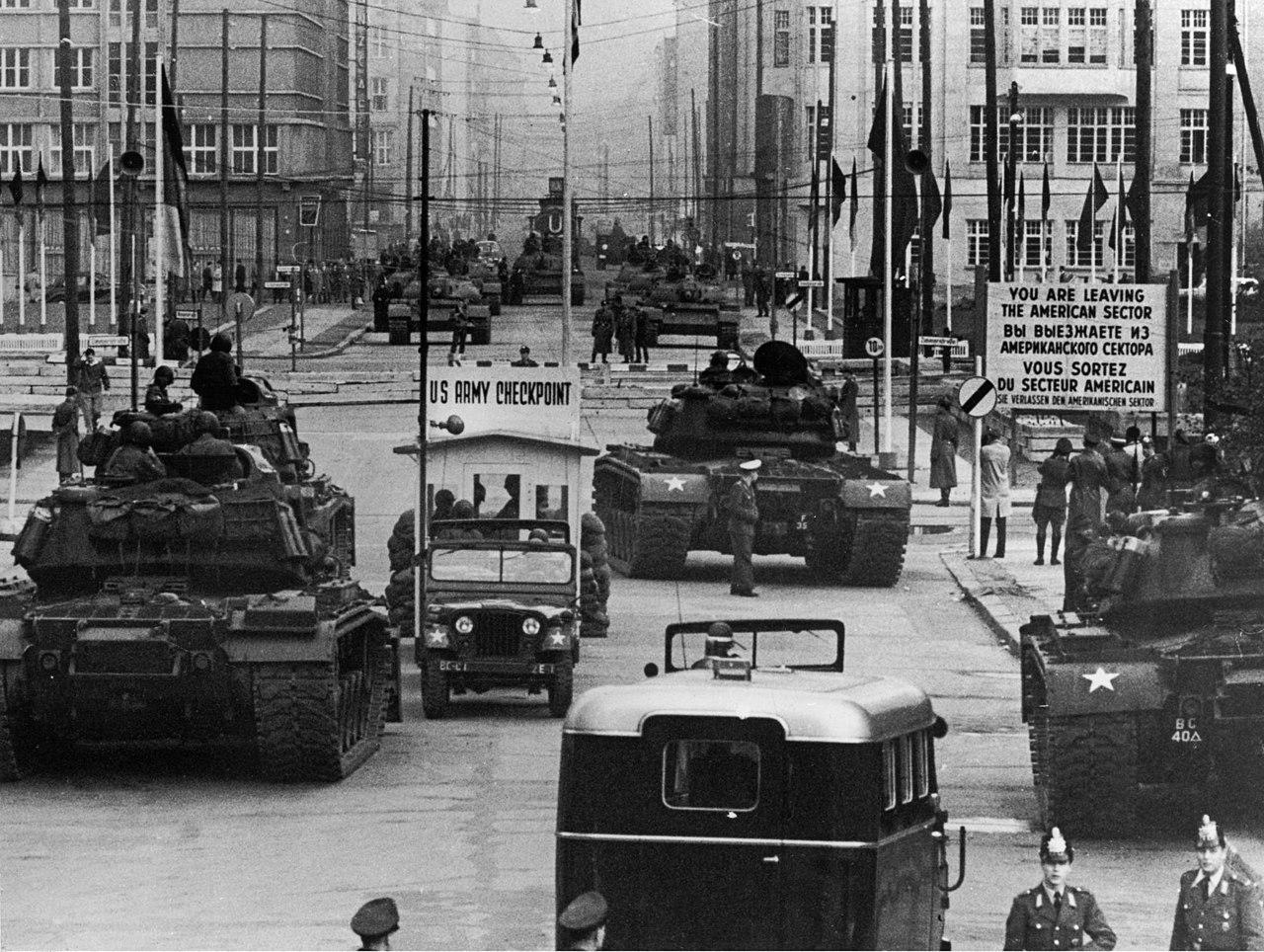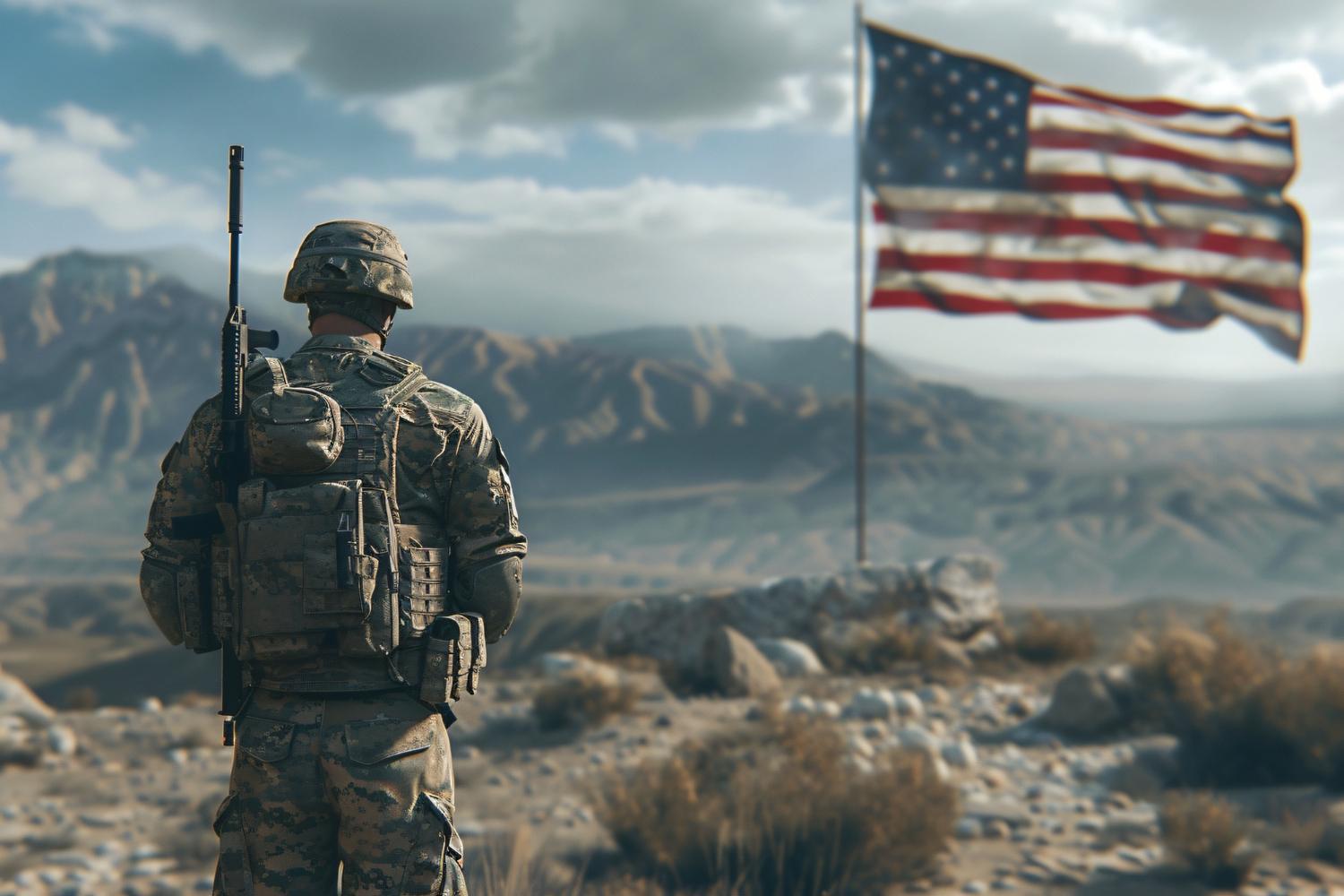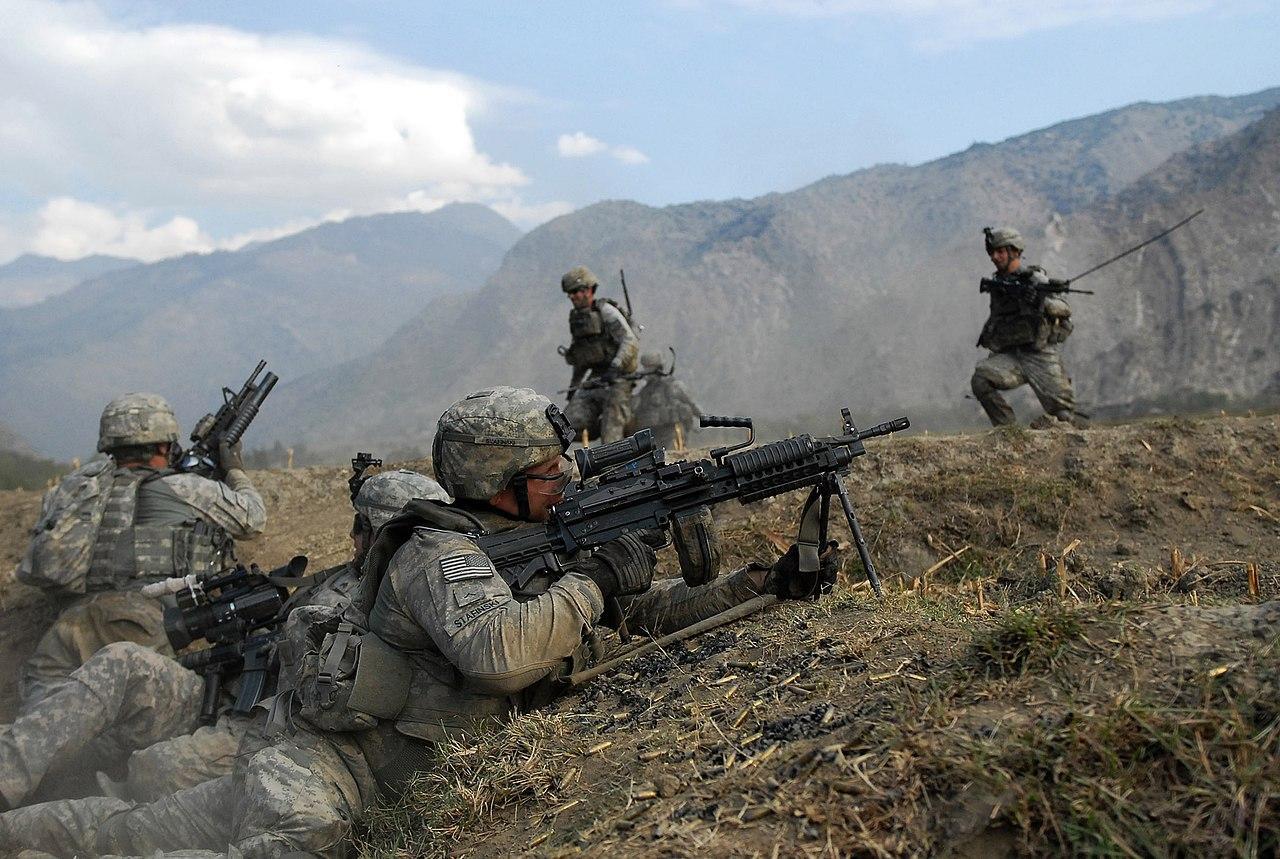1984’s ‘Red Dawn’ is Still Relevant Today
This year, the Hollywood classic Red Dawn is celebrating 40 years since it was released. Despite the dystopian narrative of the cult classic, it’s striking how certain aspects of the movie still resonate today, making it a compelling topic for discussion.
As war rages on in the Middle East and Ukraine, experts argue we’re inching towards World War III, which is an integral plot of the movie. Certain aspects of the Red Dawn remain relevant today, and Amercians can’t help but worry that part of this classic may soon become a reality.
An Innocent Victim of War
Red Dawn portrays the United States as the victim who’s been invaded and under occupation by a coalition of communist nations from Latin America under the command of the Soviet Union.

Source: Wikimedia
The movie portrays an alternative history using the United States’ Cold War foreign policy as inspiration. While in reality, it was the US that attempted to overthrow Latin American governments associated with communist ideologies, the movie appealed to many Amercians who pictured themselves as the victims instead of the aggressors during the Cold War.
Susceptibility to Communism
The inspiration for the movie’s storyline undoubtedly stretches back to the 19th-century Monroe Doctrine, a U.S. foreign policy that was created in an attempt to prevent European imperialism ideologies from reaching the Western Hemisphere.

Source: Wikimedia
By the time the Cold War began shortly after World War II, any Latin American nation associated with the Soviet Union was considered susceptible to communism.
Castro’s Alliance With the Soviet Union
The United States’ worst nightmare came to fruition following Fidel Castro’s rise to power in the wake of the Cuban Revolution in 1959. He soon made an alliance with the Soviet Union, which the US deemed a breach of the Monroe Doctrine.

Source: Wikimedia
The conflict between the US and the Cuban-Russian alliance almost led to an all-out nuclear war in an event known as the Cuban missile crisis. In the end, conflict was narrowly avoided, with both sides making compromises.
The Soviet Union Invades the US
Using this historical context of Latin American nations such as Cuba and the rising communist ideologies that later influenced Nicaragua and El Salvador, the creators of Red Dawn set about to make up a fictional invasion to which the US would succumb.

Source: Wikimedia
Set in the 1980s, the movie begins with a Soviet-led invasion of the US, accompanied by soldiers from Cuba and Nicaragua, who successfully take control of Calumet, Colorado.
NATO Convinced to Dissolve
The movie’s director leaves the United States on its own after a green political party that arose in West Germany successfully encouraged Western Europe to abandon its nuclear weapons programs.

Source: Wikimedia
Soon after, NATO was dissolved, leaving the United States to fend for itself should a foreign nation invade it.
Russian Paratroopers Invade Colorado
The Russian paratroopers who arrive in the small town quickly unpack weapons and begin slaughtering everything in their sight. However, one small group of high school teenagers managed to escape the carnage and sought refuge in the nearby mountains.

Source: Wikimedia
The movie’s tagline, “No foreign army has ever occupied American soil. Until now,” brought to life the dystopian fears that may have arisen during uncertain periods of the Cold War.
Patriotism Spreads During the Reagan Era
The studio behind the movie decided to hire John Milius, a known political conservative, as its director. The studio was likely inspired to make the movie by the strong sense of patriotism that spread throughout the US during Ronald Reagan’s first term as president.

Source: Freepik
Hoping to cash in on the aftermath that came after the US successfully overthrew the Cuban-supported communist government of Grenada in 1983.
The Evil Empire
Red Dawn portrayed the American people as the oppressed, which helped justify the necessity of the U.S. Cold War foreign policy, which aimed to halt the advances of the Soviet Union, otherwise dubbed the “Evil Empire” by Reagan.

Source: Wikimedia
According to Milius, Red Dawn is essentially “a zombie movie with Russians,” and that “the message of Red Dawn is to liberate the oppressed.”
US Comes Out on Top
The United Kingdom and China were the only nations that came to aid the US in what is now being called World War III. The residents of Calumet organized themselves into a guerilla group known as the Wolverines and attempted to push back the Russian-led forces.

Source: Freepik
Nuclear strikes destroyed American cities, yet guerrillas throughout the nation continued to fight for freedom, which resulted in the US eventually winning the war.
The Potential for World War III
During a period in which extensive wars are currently ongoing between the Russians and Ukrainians and between Israel and Hamas, the movie remains more relevant than ever.

Source: Wikimedia
Amercians currently play a minor role in these wars. However, should the circumstances change and a global conflict arise from either of the previously mentioned wars, it is likely that the US could find itself in another World War.
The Pursuit of Endless War
According to Michelle D. Paranzino, an associate professor of Strategy & Policy and director of the Latin American Studies Group at the U.S. Naval War College, “The pursuit of ‘endless war’ has influenced the United States’ post-Cold War foreign policy.”

Source: Wikimedi
Yet, the American public appears unaware of the consequences of the United States military interventions overseas. This may be due to movies like Red Dawn, which portray Americans as a nation aligned with the “good guys” who are simply fighting against the forces of evil. But as we’ve learned in the past, this isn’t always the case.
